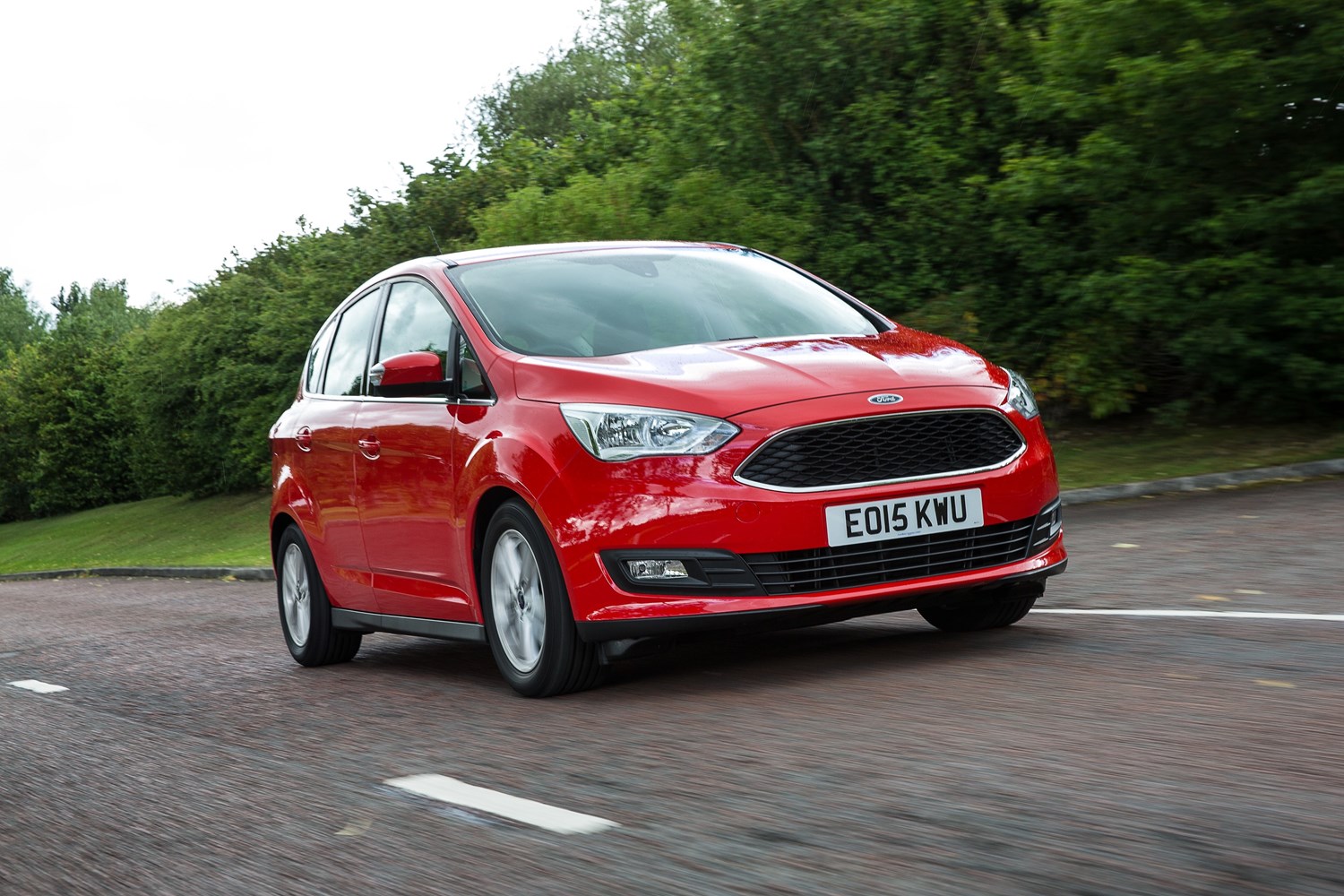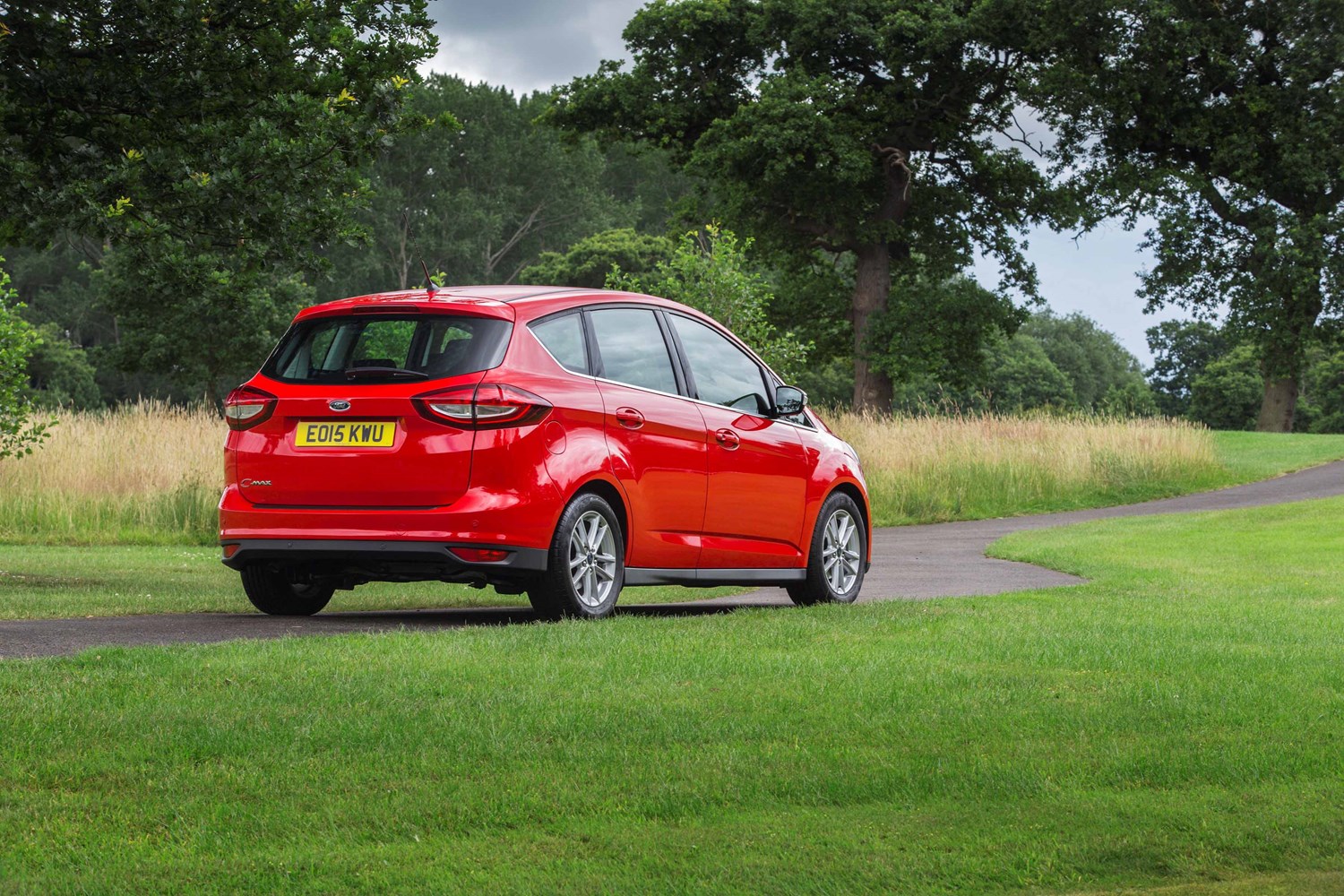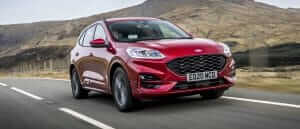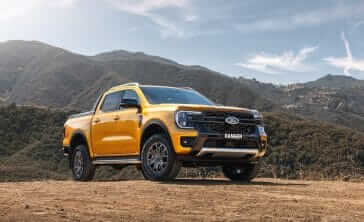Model review
While it’s SUVs that rule the sales charts these days, around 15 years ago it was MPVs that the majority of manufacturers were investing their efforts into – particularly compact models.
These vehicles offer impressive amounts of practicality for their size – they often have similar footprints to standard hatchbacks – and are usually great value.
Ford was one of the biggest players in this segment – introducing its Focus C-Max as a more compact people carrier in 2003, which offered something a bit more enjoyable than the norm due to its fun driving experience.
The ‘Focus’ part of its name would be dropped in 2007, while Ford would pull the wraps off a new second-generation model in 2009, ahead of it arriving at dealerships in 2010. It would be available as a ‘Grand’ seven-seat model for the first time (though here we’re just focusing on the standard five-seat C-Max), while introducing a more modern design and more efficient powertrains.
Latest model
In 2014, Ford would introduce a new facelift to the C-Max line-up. It wasn’t the most comprehensive of updates but ushered in new exterior colours, revised lighting and a new tailgate.
Ford also decluttered the interior of some buttons, introduced more creature comforts and also added additional safety features – including rear-cross traffic alert, adaptive cruise control and self-parking functionality. A new eight-inch touchscreen was also installed, which helped to give the cabin a more modern feel, along with more efficient engines.
Unfortunately, by this time MPVs had fallen out of favour with buyers, with many looking to crossovers and SUVs. The C-Max would continue in production until 2019 before being axed with no direct replacement in sight. The brand is now focussing its efforts on the more lucrative crossover segment instead.
Value for money
Across the C-Max’s lifetime, it continued to offer great value for money – especially in lower trims. Prices started from £18,195, which wasn’t too much more than the Focus it’s based on, though today your only option is to go for a used model.
For a second-generation C-Max, prices start from as little as £2,500 for an early high-mileage example. You’ll need to increase that budget to around £4,000 for an example with fewer miles. The 2015 facelift model, meanwhile, is available from around £6,500. If you’d like to get your hands on one of the late 2019 models, these are available from £11,000 – meaning you’ll get a lot of car for the money.
Standard equipment is also generous, and includes cruise control, 16-inch alloy wheels and rear parking sensors as standard, though you’ll need to upgrade to the mid-spec Titanium version to benefit from a touchscreen.
Looks and image
MPVs don’t have the best reputation for image, but we reckon the C-Max is one of the more appealing. Particularly after the 2015 update, this Ford offers a sleek design, while its neat grille helps to give it a more modern look than rivals of the same age.
The dashboard is also quite stylish, with a smart layout, if lacking the more modern look of the latest Ford models. Some of the buttons are small and can prove to be fiddly to use on the move, though it’s useful that all models benefit from Bluetooth fitted as standard. The quality also errs more on the side of durability than it does quality, with plenty of harder plastics, though these are arguably well-suited to family duties.
Behind the wheel is where the C-Max shines, though. Whereas plenty of its rivals disappoint in this area, this model drives in a similar way to the standard Focus hatchback, which is high praise indeed. There’s little body roll through the corners, while the steering offers a decent amount of feel to it. A good line-up of engines also adds to the package.
Space and practicality
The key reason for choosing the C-Max over the standard Focus is its practicality credentials. And, though this isn’t the roomiest car in its class, it offers noticeably more space than the standard model.
The boot offers 432 litres of space with the rear seats in place, which increases to an impressive 1684 litres with the rear seats removed. However, removing the seats isn’t the easiest of tasks as they’re big and heavy to lift.
In the rear, there’s a generous amount of headroom and legroom, though because the C-Max is relatively narrow, squeezing a third adult in the middle seat isn’t the easiest of tasks.
Engines
A choice of petrol and diesel engines are available on the C-Max.
One of the highlights is Ford’s 1.0-litre EcoBoost petrol engine, which is available with outputs of 99bhp or 123bhp. Both come equipped with a six-speed manual gearbox, and it’s the 123bhp where our money would go, as it offers noticeably more power. Ford also offers a more powerful 148bhp 1.5-litre petrol, which features an automatic gearbox. With a 0-60mph time of 10 seconds, this is the quickest option in the C-Max range.
In terms of diesel, there is a single 118bhp 1.5-litre diesel that’s available, which you can choose with either a manual or automatic gearbox. In terms of performance, it can accelerate to 60mph in 11.1 seconds.
Running costs
If you’re looking to keep running costs down with the C-Max, it’s the diesel that should you go for. This will return up to 48.7mpg, while delivering CO2 emissions of 124g/km.
While the 1.0-litre petrol model should be relatively good on fuel (Ford claims 42.2mpg), the 1.5-litre petrol is rather thirsty – returning a disappointing 33.6mpg, with CO2 emissions of 174g/km.
That said, low insurance groups are on offer while servicing and maintenance costs should be affordable given the C-Max shares many parts with the best-selling Focus.
Things to look out for
While earlier examples fitted with the 1.0-litre EcoBoost petrol engine weren’t the most robust, the C-Max should be generally reliable. With C-Max’s being mainly used as urban or family cars, check all the trim is intact and also look out for any parking scrapes.
Rivals
While there’s a limited number of new compact MPVs on the market today, the C-Max has plenty of used competitors. Key alternatives include the Renault Scenic and Citroen C4 SpaceTourer (previously called the Picasso), along with the Volkswagen Golf SV and Vauxhall Meriva.
Depreciation
With no C-Max models available new, it has already been hit by the steep initial drop in price that afflicts models as soon as they’re driven off the showroom forecourt. With two-year-old examples available for less than half what their original list price was, it’s a great model to beat that depreciation with.





